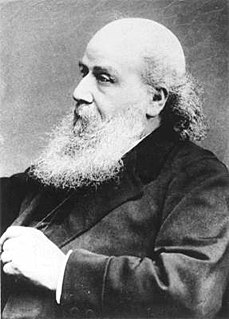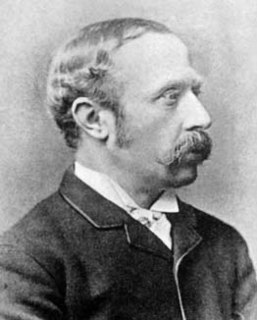This page lists Fellows of the Royal Society elected in 1839. [1]

The President, Council and Fellows of the Royal Society of London for Improving Natural Knowledge, commonly known as the Royal Society, is a learned society. Founded on 28 November 1660, it was granted a royal charter by King Charles II as "The Royal Society". It is the oldest national scientific institution in the world. The society is the United Kingdom's and Commonwealth of Nations' Academy of Sciences and fulfils a number of roles: promoting science and its benefits, recognising excellence in science, supporting outstanding science, providing scientific advice for policy, fostering international and global co-operation, education and public engagement.
- Sir Thomas Dyke Acland, 10th Baronet
- George Barker
- Beriah Botfield
- Robert Carrington, 2nd Baron Carrington
- Arthur Conolly
- Charles Darwin
- Edward Davies Davenport
- Henry Mangles Denham
- Richard Drew
- Henry Drummond
- Arthur Farre
- Thomas William Fletcher
- William James Frodsham
- Thomas Gaskin
- George Godwin
- John Thomas Graves
- Edwin Guest
- George Gulliver
- James Halliwell-Phillipps
- Christopher Hansteen
- Peter Hardy
- James Heywood
- John Hilton
- John Hogg
- Gilbert Wakefield Mackmurdo
- Samuel Roffey Maitland
- Macedonio Melloni
- Henry Moseley
- H Alexander Ormsby
- Adolphe Quetelet
- William Reid
- Robert Rigg
- John Rogers
- George Leith Roupell
- Félix Savart [2]
- William Sharpey
- Clement Tudway Swanston
- James Joseph Sylvester [3]
- Charles Thorp
- Charles Turnor
- John Wesley Williams
- James Yates



